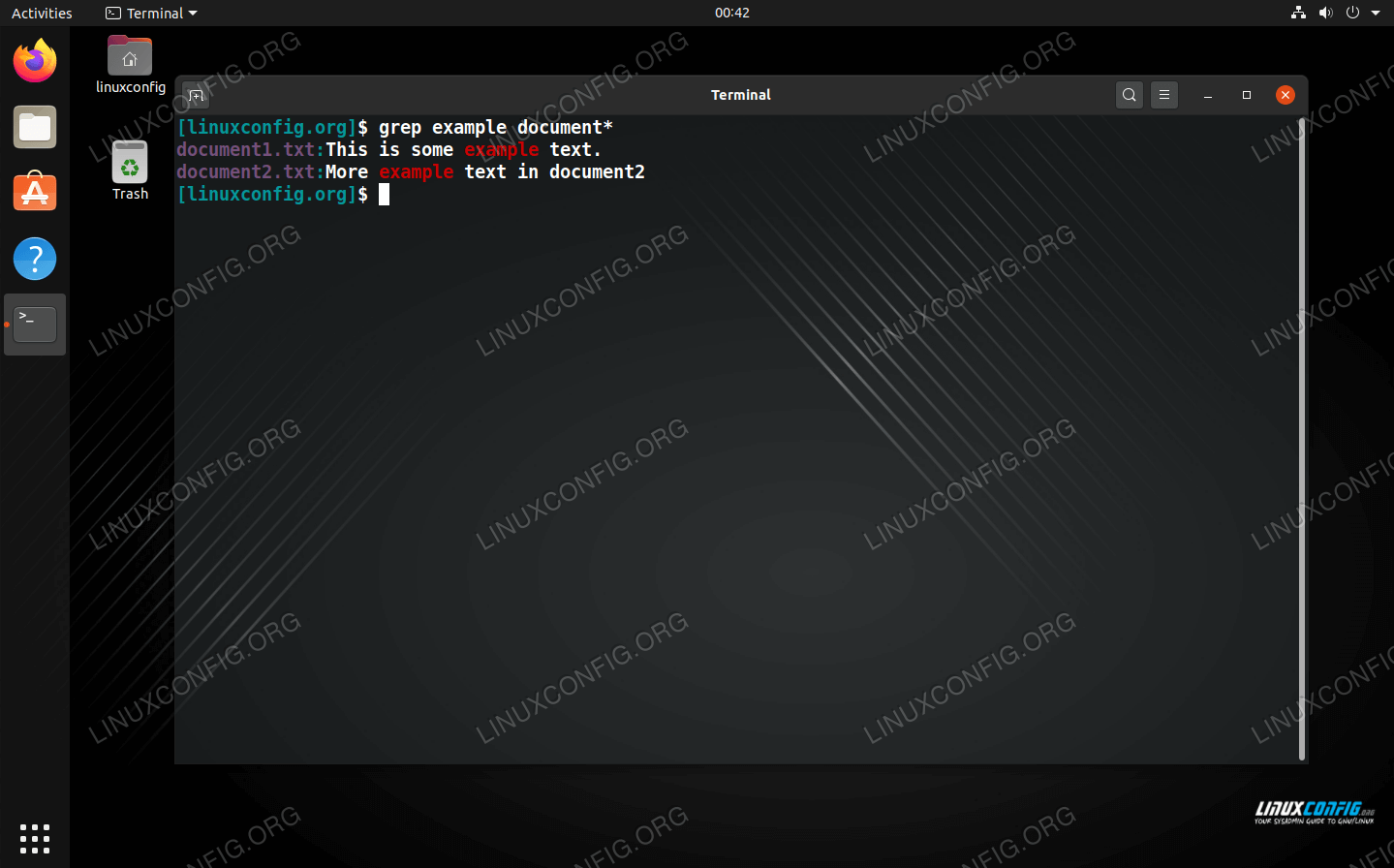
* regular expression, which basically means any character, 0 or more times. Note that in between the selection group, we have a. These selection groups, in the order they are given, will be looked for while searching the strings. In the search section, we have two selection groups, each surrounded and limited by ( and ), namely (+) and (+). Here we are using the sed substitute command ( s at the start of the command), followed by a search (first |.| part) and replace (second |.| part) section. Let us use the extended regular expression format for this, as it easier to parse visually. Let’s now have a look at the regular expression itself. Which is exactly the same, except we added a \ character before each (, ) and + character, indicating to sed we want them to be parsed as regular expression code, and not as normal characters. We could have written this regular expression using a non-extended regular expression (in sed) as follows $ cat test1 | sed 's|\(\+\).*\(\+\)|\2 \1|' What we are doing here is to cat (display) our test1 file, and parse it with an extended regular expression (thanks to the -E option) using sed. $ cat test1 | sed -E 's|(+).*(+)|\2 \1|'ĭo you understand this regular expression? If so, you are a very advanced regular expression writer already, and you may choose to skip ahead to the following examples, skimming over them to see if you are able to quickly understand them, or need a bit of help. Let’s now look at our first example of string modifications: we would like the second column ( ABCDEFG) to come before the first one ( abcdefghijklmnopqrstuvwxyz).Īs a start, we make this fictional attempt: $ cat test1 If you want to practice along, you can use the following commands to create this file for yourself: $ echo 'abcdefghijklmnopqrstuvwxyz ABCDEFG 0123456789' > test1Ībcdefghijklmnopqrstuvwxyz ABCDEFG 0123456789 Example 2: Heavy duty string modificationįor this example, and the subsequent ones, we’ve prepared a textual file. This also highlights the need to always test regular expressions extensively, given a variety of possible inputs, even ones that you do not expect. When you write a lot of regular expressions, these minor differences in expressing your thoughts into regular expressions fade into the background, and you will tend to remember the most important ones. Once the -E is used, even though we still use + and not \+, sed correctly interprets the + as being a regular expression instruction. Note that the term extended gives us a clue as to what happens in the background the regular expression syntax is expanded to enable various regex commands, like in this case +.

Looking back that the first command, we can now see how the \+ was interpreted as a non-literal regular expression +, to be processed by sed.įinally, in the last command we tell sed that we specifically want to use extended syntax by using the -E extended syntax option to sed. This was subsequently proved by the third command in which a literal +, as well as the e before it, was captured by the regular expression +, and transformed into _.
#OS X TEXTASTIC REG EXPRESSIONS PLUS#
This is because the + is not interpreted as a standard plus character, and not as a regex command. However, when we changed this \+ to +, the command yielded a completely different output. Note that the syntax, specifically, is \+. Let’s look at an example: $ echo 'sample' | sed 's|\+|_|g'Īs you can see, in our first example we used \+ to qualify the a-c range (replaced globally due to the g qualifier) as requiring one or more occurrences. Practically, this results in small differences in regular expression syntax idioms when writing regular expression scripts. For example, sed will allow you to use the -E option (shorthand option for -regexp-extended), enabling you to use extended regular expressions in the sed script. One thing to always keep in mind when working with regular expressions, is that some regex engines (like the one in sed) support both regular and extended regular expression syntax. Any examples given can usually be ported directly to other engines, like the regular expression engines included in grep, awk etc. $ – requires given linux-commands to be executed as a regular non-privileged userĮxample 1: Heads up on using extended regular expressionsįor this tutorial, we will be using sed as our main regular expression processing engine. # – requires given linux-commands to be executed with root privileges either directly as a root user or by use of sudo command

The sed utility is used as an example tool for employing regular expressions

#OS X TEXTASTIC REG EXPRESSIONS SOFTWARE#
Requirements, Conventions or Software Version Used Software requirements and conventions used Software Requirements and Linux Command Line Conventions Category


 0 kommentar(er)
0 kommentar(er)
